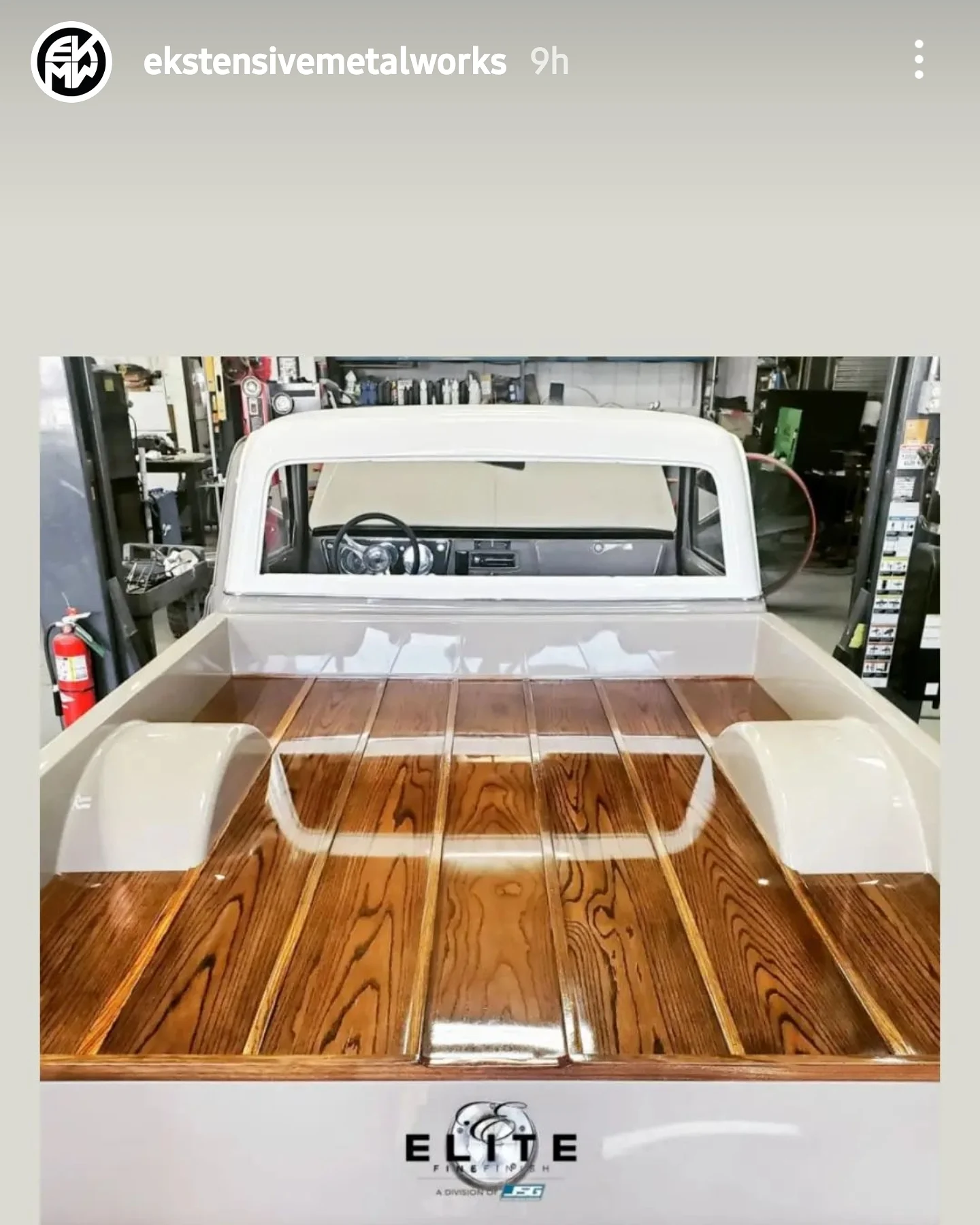How to Quickly Paint Kitchen Cabinets! One Piece Flow for Cabinet Finishing & Refinishing
- Elite Fine Finish

- Jul 20, 2023
- 3 min read
Updated: Nov 3, 2023

Cabinet shops and finishing professionals face unique challenges when optimizing workflow to increase profitability. As an experienced industry consultant turned distributor, I spend my days talking shops with business owners of all sizes. During these conversations, it has become evident that most finishing shops are batch-processing jobs. What does that mean exactly? Dictinoary.com defines Batch Processing as "manufacturing products or treating materials in batches, by passing the output of one process to subsequent processes"
As an example related to our industry, most process a job by Sanding everything, Spraying everything, and repeating that process until the job is complete. While this has been the acceptable standard for most, I went on a long journey to better understand the Lean manufacturing principles implemented by large wood product manufacturers to see how we could use this to our advantage in a small shop.
To date, I have watched my customers successfully adopt the same principles by introducing them to a continuous one-piece flow, leading to at least 40% efficiency improvements. Let's explore how you can harness the power of continuous one-piece flow to streamline operations and achieve remarkable efficiency gains.
Check out this video I put together of the process in action!
Understanding Continuous One-Piece Flow: Continuous one-piece flow is a production methodology that focuses on moving individual products or components through a process, one at a time, rather than in large batches. The most prominent manufacturers in the world implement this method, and embracing this approach, can significantly enhance operational efficiency, reduce waste, improve quality control, and optimize resource utilization. Paul Akers, the owner of Fast Cap, wrote a book called 2 Second Lean that I found to be a valuable asset in my lean journey. His simple philosophy of shaving 2 seconds off a process daily adds significant savings. Paul's business culture is impressive, and I strongly suggest you check out his YouTube channel! https://www.youtube.com/@PaulaAkers

Photo Credit**https://www.nikunjbhoraniya.com/2019/02/one-piece-flow.html
Continuous One-Piece Flow:
Assess and Analyze: Begin by assessing your current workflow and identifying areas for improvement. Analyze each step, from transportation to preparation, final finishing, and everything in between. Determine how to optimize the workflow. This analysis will serve as the foundation for implementing a continuous one-piece flow.
Design a Streamlined Layout: Create a layout of your shop space that enables a seamless flow of cabinet parts through each process stage. Ensure that workstations or processes are logically organized to minimize unnecessary movement and optimize workflow efficiency. Everything on wheels is a huge benefit and allows you to make continuous process improvements easily.
Standardize Workstations: Establish standardized workstations for each task involved in the finishing process equipped with the necessary tools, materials, and equipment. This standardization ensures consistency and minimizes time wasted searching for resources. Consider implementing labeling or color-coding systems to streamline the process further.
Identify and Eliminate Bottlenecks: Identify any bottlenecks or congestion points in your workflow and take measures to eliminate them. Bottlenecks disrupt the flow and hinder efficiency. Seek opportunities to balance the workload across workstations and remove unnecessary waiting time between tasks.
Implement a Pull System: Adopt a pull system in which each workstation pulls a cabinet from the previous station only when it is ready to proceed. This prevents overproduction, reduces excess inventory, and ensures a continuous flow. With a pull system, you can respond more effectively to customer demands and minimize waste.
Prioritize Quality Control: Integrate quality checks at each workstation to detect and resolve issues promptly. By addressing quality concerns early on, you prevent defects from progressing further along the workflow, reducing rework and enhancing the overall quality of finished cabinets.
Cultivate Continuous Improvement: Encourage a culture of continuous improvement within your business by regularly seeking feedback from your team members. Their insights can identify further opportunities for streamlining the process and boosting productivity. Implement visual management techniques, such as Kanban boards, to track progress and visualize areas for improvement.
Benefits of Continuous One-Piece Flow for Cabinet Shops and Finishing Professionals:
Embracing continuous one-piece flow can lead to at least 40% efficiency gains, if not more, resulting in significant time and cost savings.
Implementing quality checks at each workstation ensures that any issues are detected and resolved promptly, resulting in higher-quality finished cabinets. More importantly, it will reduce or eliminate the need for rework.
The continuous flow approach helps minimize excess inventory, reduce transportation and handling waste, and streamline the entire cabinet finishing process.
I know this process can be intimidating, but don't worry! I can help you. If you took the time to read this entire post, I would like to offer you a FREE consultation! Continuous one-piece flow is a game-changer for cabinet shops and finishing professionals. Follow the link below to take advantage of this offer.



Comments